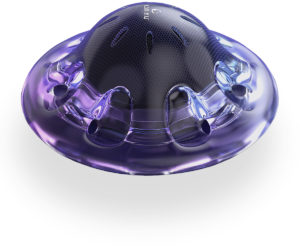One of the common symptoms of COVID-19 is loss of smell or anosmia. This is not uncommon for patients with viral upper respiratory infections. The good news is this is temporary in most cases. The bad news is this prevents the personal detection of odors associated with critical odors from gas leaks, smoke from fires and spoiled food.
While this may not have been a big problem during the summer months, as the current second wave or next phase of COVID-19 increases and people increasingly stay indoors during the winter months, an alternate sense of smell may prove valuable. Fortunately, many smart chemical sensors are offered today and are an integral part of smart homes and smart buildings. In addition to these stationary systems, robots are increasingly being used to analyze air-borne chemicals.
 In fact, one company has modified its bomb sniffing robot into one that can detect coronavirus by detecting volatile organic compounds (VOCs) from breath. Koniku says its Konikore senses faster that common methods by combining synthetic biology (living cells) with silicon.
In fact, one company has modified its bomb sniffing robot into one that can detect coronavirus by detecting volatile organic compounds (VOCs) from breath. Koniku says its Konikore senses faster that common methods by combining synthetic biology (living cells) with silicon.
Similar to many toxic chemicals, deadly airborne viruses including COVID-19 have a unique smell signature. Sensing and analyzing microscopic particles allow the Konikore to read the air and interpret the status to initiate appropriate action. The system’s rapid response can restore confidence in the safety of public spaces including airports, train stations, stadiums, office buildings, cruise ships, malls, schools and more.
FYI: A loss of the sense of taste is frequently associated with the loss of smell with COVID-19. This is called ageusia.
